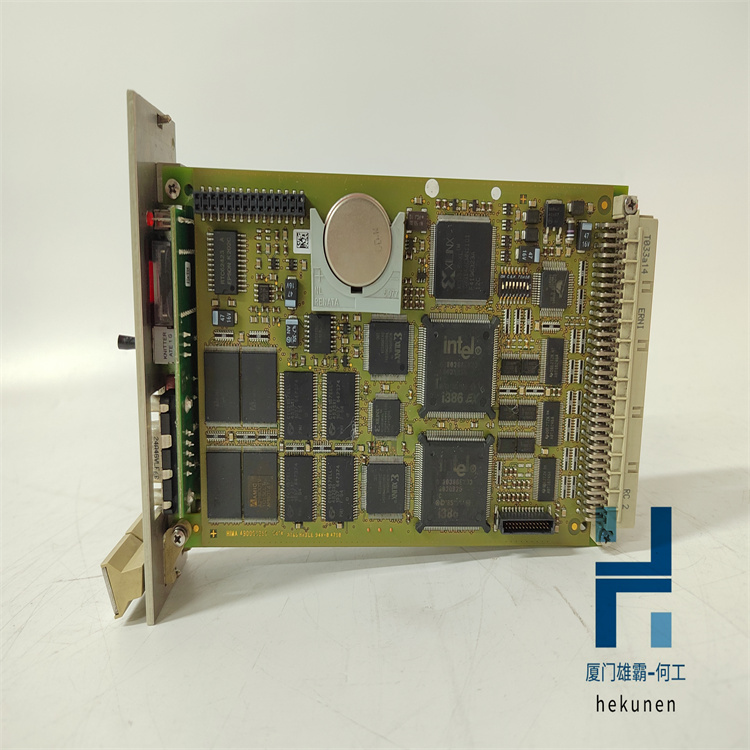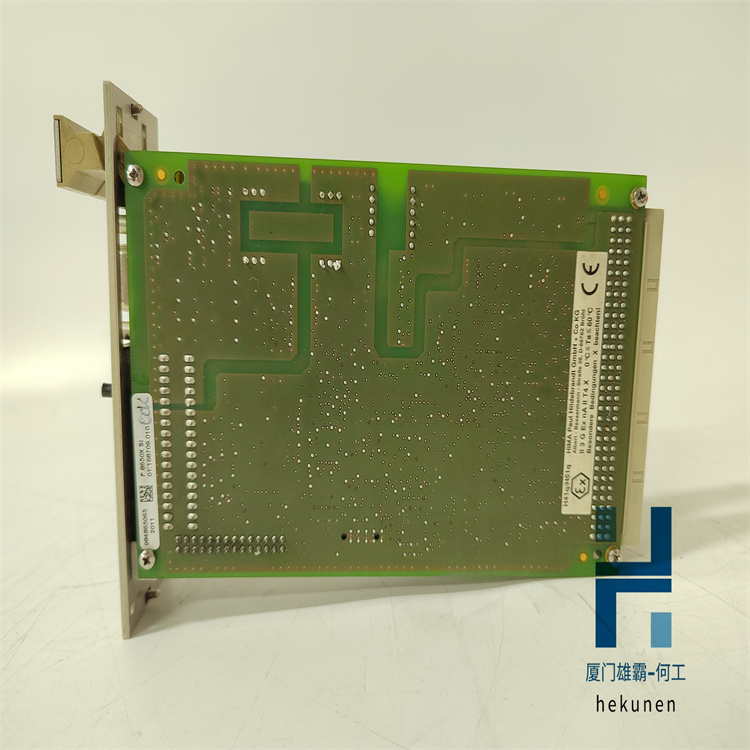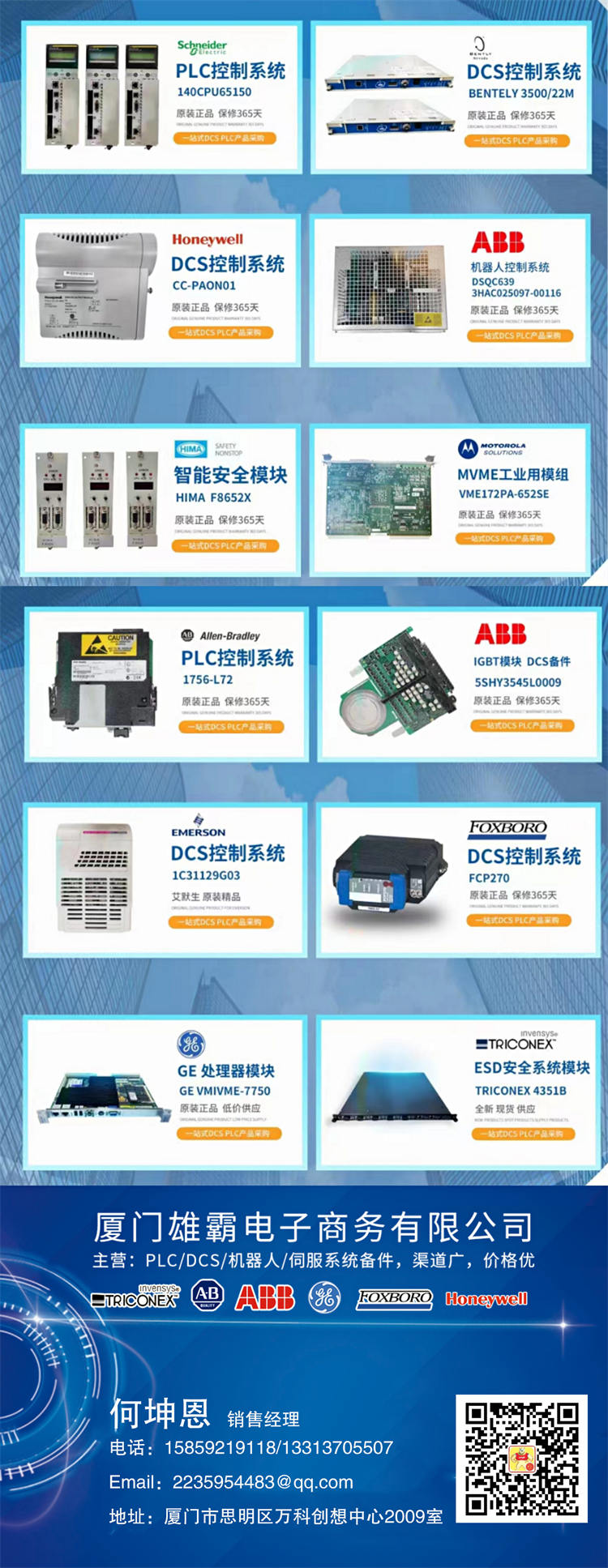一个关键的发展是自动化和控制网络的新解决方案正在利用更复杂的开源软件技术。
当诸如 OPC UA 或 REST 接口之类的东西分布在整个自动化设备中时,OT 连接变得更加灵活。设备之间可以直接通信,使用不同协议的自动化网络可以统一到一个公共网络中,而不需要网络核心中的服务器硬件来调解事务。这一事实也减轻了运营部门对 IT 管理通信的依赖,因为它已经控制了设备。
“从本质上讲,我们看到安全方面发生了同样的转变,而且它变得更加分散和不那么集中,”Eastburn 说。“较新的设备需要用户和其他网络客户端登录或提供 API 密钥才能进行通信。他们提供自己的网络防火墙并能够创建加密连接,因此设计可以与外部网络安全通信的自动化要容易得多。”
结果是对 IT 语言的支持也允许分布式数据处理。现场设备不仅可以生成原始过程数据,还可以对其进行过滤并将其格式化为 Sparkplug 或 JSON 等可以在整个组织中理解的内容。

根据 Eastburn 的说法,这一切都意味着,在没有一些传统障碍的情况下,在整个企业中构建通用数据基础架构变得更加安全和容易。连接性和安全性是网络设计中固有的,而不是需要许可、配置和管理的附加组件。当我们看到许多组织正在涉足的 IIoT 等流行概念时,想象一个万物互联的网络更为可行。
而且,随着这些新软件技术的使用,纳入安全措施已成为必要的。
“网络安全是自动化领域长期存在的问题,并且始终出现在 IIoT 采用障碍列表的首位。当进行 IIoT 或数字化转型项目之类的事情时,实际上将 OT 系统连接到其他系统并非易事,”Eastburn 总结道。“关于能源、性能的关键数据不容易以后端系统可以理解和使用的格式提供。因此,除了解决数据和控制系统的安全问题之外,工程师们还努力寻找有效的方法来连接这些系统并使数据可用。”

我司产品广泛应用于数控机械 冶金,石油天然气,石油化工,
化工,造纸印刷,纺织印染,机械,电子制造,汽车制造,
塑胶机械,电力,水利,水处理/环保,市政工程,锅炉供暖,能源,输配电。

Often when we hear “LTE,” it’s easy to get a little nervous as some may assume is any “cellular” application is complicated, expensive, and must involve a major cellular carrier. To that end, there’s quite a bit of debate in the industry about removing the term “LTE,” as it brings confusion to potential users; therefore, some industry stakeholders refer to this technology as “private wireless.” To be clear, a pLTE network is not a complicated architecture. The technology does not involve a public carrier network, and anyone who has deployed industrial Wi-Fi and 900 MHz wireless networks can quickly pick up on pLTE technologies. Since 2011, when Nokia deployed the world’s first pLTE networks, the solutions have evolved to fit many applications that do not involve a major Telco, Communications Service Provider or Managed Network Offering.
Below we will review the essential components of a pLTE architecture.
- Cloud Management – a cloud-hosted service for device management
- SAS – System integration to a Spectrum Access System (SAS)
- System Router – A dedicated router for network management
- EPC – Enhanced Packet Core (EPC) for wireless management
- CBRS B48 Radios – Physical radios that are the wireless access points (APs)
- Edge Devices – Cellular devices such as cellular routers, mobile phones and tablets that are Band 48 enabled